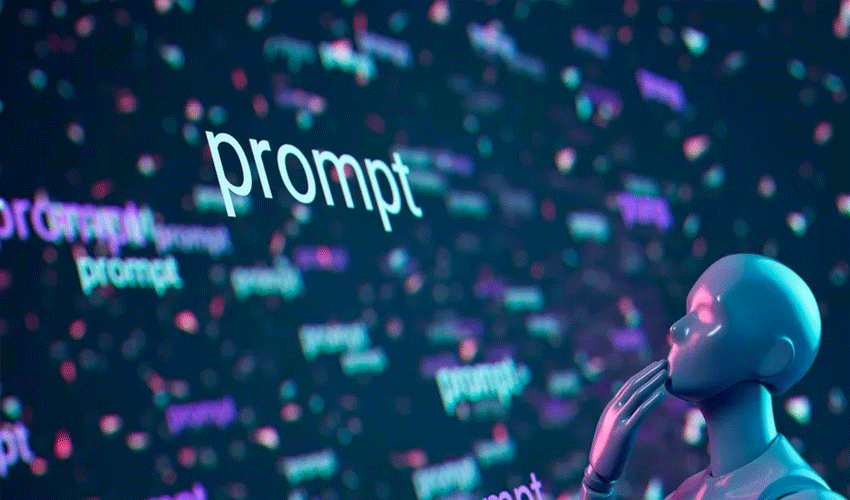UNESCO reveals a straightforward method to reduce AI energy consumption by 90%.

According to a new UNESCO study presented at the start of the AI for Good global summit in Geneva, artificial intelligence’s soaring electricity consumption could be considerably reduced by merely using smaller models and asking shorter questions.
Concise prompts and specialized, lightweight AI models could cut energy consumption by up to 90% without compromising response quality, according to the report, which was released on Tuesday.
The results coincide with growing worries about the effects of generative AI tools on the environment, including Microsoft’s Copilot, Google’s Gemini, and OpenAI’s ChatGPT, which all use a lot of processing power to answer user queries.
Every ChatGPT request consumes an average of 0.34 watt-hours of electricity, which is 10–70 times more than a single Google search, according to a recent revelation by OpenAI CEO Sam Altman. According to the report, ChatGPT alone uses 310 gigawatt-hours of electricity annually, which is equal to the annual consumption of three million Ethiopians, since it receives about a billion prompts every day.
“Global energy systems, water resources, and critical minerals are under increasing strain due to the exponential growth in computational power required to run these models,” UNESCO cautioned. According to the organization, generative AI’s energy consumption doubles about every 100 days.
Shorter, more effective prompts and specially designed models that don’t need to comb through enormous amounts of data to produce answers are the study’s workable solution. In tests, moving from a large general-purpose AI model to a smaller, domain-specific one and cutting a prompt from 300 to 150 words resulted in energy savings of almost 90% without sacrificing performance.
Tech behemoths seem to have listened. Miniaturized versions of their language models are now available from all of the major AI companies. Microsoft offers the Phi-3 series, OpenAI recently unveiled the GPT-4o mini, Google unveiled its leaner “Gemma,” and the French company Mistral AI unveiled its “Ministral” model.
These specialized models are faster and more energy-efficient than their full-sized counterparts because they are made for smaller tasks and use a lot less processing power.
Governments, tech firms, and users were all urged by the UNESCO report to think about the environmental effects of using AI, especially as the technology is incorporated into more commonplace applications like virtual assistants, content creation tools, and internet searches.
“AI can be a powerful ally for sustainable development — but only if its growing footprint is responsibly managed,” the report concluded, adding that it can be used with thoughtful design and mindfulness.